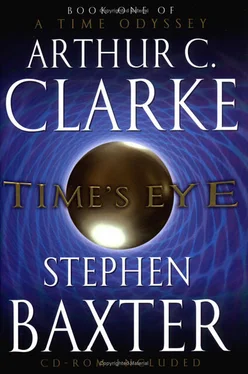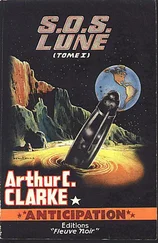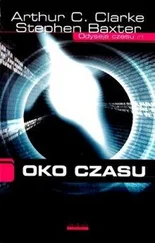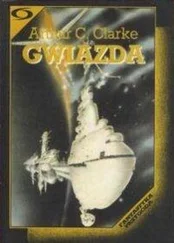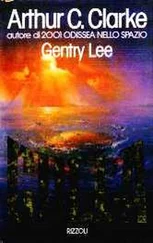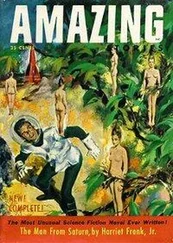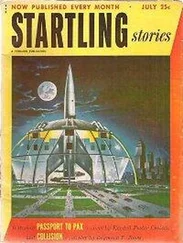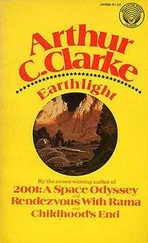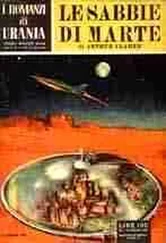During this period of deliberation, though, Genghis Khan was aware of the need to keep his troops fit and occupied. He set up a rigorous program of training, including long forced marches and rides. And he ordered a battue to be organized. This would be a mighty hunt spanning kilometers, and it would take a week to organize. It would be an exercise in maneuvering troops, using weapons, maintaining discipline, communications and hardship. It was a significant event; the hunt was at the core of the Mongols’ self-image as well as their military methods.
Sable, meanwhile, explored the yurt city. She particularly targeted the troops, hoping to learn how they fought.
The Mongol warriors saw Sable as an irritation. Kolya learned that, given that the usual pattern of courtship here was to kidnap your wife from the yurt of your neighbor, women had surprising influence in Mongol society—as long as they were members of the Golden Family anyhow. Genghis Khan’s first wife Borte, about the same age as the emperor, was a key voice in the decision-making of the court. But women didn’t fight. The warriors were wary of this strange Heaven-woman in her orange clothes, and they weren’t about to submit to her inspections.
The turning point came when one cavalryman, drunk on rice wine, forgot about the power of Heaven and tried to rip open Sable’s jumpsuit. He was a stocky, powerful man, a veteran of the Mongols’ first Russian campaign, and so probably personally responsible for hundreds of deaths—but he was no match for twenty-first-century martial arts disciplines. With one pale breast exposed, Sable floored him in seconds and left him screaming on the ground, with a leg broken in two places.
After that, Sable rapidly grew in stature and in aura. She was allowed to come and go where she pleased—and she took care to ensure that the tale of her victory, suitably embellished, found its way back to the court. But the Mongols were growing nervous of her, Kolya saw, and that surely wasn’t a good thing.
Come to that, he was nervous of her. Her fear had long burned away, and as the days wore by, and she pushed against one barrier or another with impunity, she grew in confidence and determination. It was as if her stranding in this bit of the thirteenth century had liberated something primeval inside her.
Kolya, meanwhile, spent his time with Yeh-lü, the empire’s chief administrator.
Born in one of the neighboring nations, Yeh-lü had been brought into the Mongol camp as a prisoner; an astrologer by training, he had quickly risen in this empire of illiterates. Yeh-lü and other educated men in the court had been appointed by a farsighted Genghis Khan to administer the growing empire.
Yeh-lü had used China as his model for the new state. He selected the most able of the prisoners the Mongols brought back from their raids into northern China to help him in this project, and extracted books and medicines from their booty. Once, he said modestly, he had been able to save many lives during an epidemic in Mongolia by using Chinese medicines and methods.
Yeh-lü sought to moderate the Mongols’ cruelty by appealing to higher ambitions. Genghis Khan had actually considered depopulating China to provide more pasture for his horses, but Yeh-lü had deflected him. “The dead don’t pay taxes,” he had said. Kolya suspected his long-term ambition was to civilize the Mongols by allowing the sedentary cultures they conquered to assimilate them—just as China had absorbed and acculturated previous waves of invaders from the northern wastes.
Kolya had no idea how his personal adventure would turn out. But if he was stuck here on Mir, in people like Yeh-lü he saw the best hope for the future. And so he was happy to consult with Yeh-lü about the nature of the new world, and to draw up plans for what to do about it.
Yeh-lü had been taken by Sable’s first attempt to sketch a world map on the dirt floor. He and Kolya now assembled a detailed map of the entire world, based on Kolya’s memories and charts from the Soyuz. Yeh-lü was an intelligent man who had no difficulty accepting that the world was a sphere—like the Greeks, Chinese scholars had long ago pointed out the curving profile of the Earth’s shadow, cast on the Moon during a lunar eclipse—and it was easy for him to grasp the mapping of a globe’s surface to a flat sheet.
After some preliminary sketching Yeh-lü assembled a team of Chinese scribes. They began work on an immense silk version of the world map. When finished it would cover the floor of one of the yurts in the emperor’s great pavilion.
Yeh-lü was fascinated by the emerging image. He was intrigued how little remained of Eurasia for the Mongols to conquer; from the Mongols’ continent-spanning point of view, it seemed a short step from Russia through the countries of western Europe to the Atlantic coast. But Yeh-lü worried about how he would present the map to Genghis Khan, with so many territories in the New World, the Far East and Australasia, Southern Africa and Antarctica, of which Genghis Khan had had no knowledge.
The scribes’ work was truly beautiful, Kolya thought, with the ice caps picked out in delicate white threads, spun gold following principal rivers, precious stones marking major cities, and the whole covered with careful Mongol lettering—although Kolya learned to his surprise that the Mongols had had no written script at all before Genghis Khan, who had adopted the script of his neighbors the Uighurs as his standard.
The laboring clerks clearly took pride in their work, and Yeh-lü treated them well, congratulating them on their prowess. But the clerks were slaves, Kolya learned, captured during the Mongols’ raids on the Chinese nations. Kolya had never met slaves before, and he couldn’t help but be fascinated by them. Their posture was always submissive, their eyes dropped, and the women especially cringed from any contact with the Mongols. Perhaps they were favored in the presence of Yeh-lü, but they were defeated, owned.
Kolya missed his home: his wife, his children, lost in the time streams. But each of these wretched slaves had been ripped from her home, her life trashed, and not by a godlike manipulation of time and space but simply through the cruelty of other human beings. The slaves’ plight didn’t make his own loss any easier to bear, but it warned him against self-pity.
If he found the presence of the slave clerks difficult to accept, Kolya took comfort in the civilized intelligence of Yeh-lü. After a time it seemed to him that he was finding it easier to trust Yeh-lü, a man from the thirteenth century, than Sable, a woman of his own time.
***
Sable grew impatient with the careful mapping sessions. And she was not impressed with the plans Yeh-lü was tentatively assembling to present to Genghis Khan.
The first priority ought to be consolidation, in Yeh-lü’s view. The Mongols had come to rely on the import of grain, cloth and many other essentials, and so trade had become important to them. As there were few working links left with China, the first and richest part of Genghis Khan’s Asiatic empire ought to be explored first. At the same time, Kolya urged, a party should be sent to the valley of the Indus, to seek out Casey and the other refugees from his own time.
But this wasn’t bold enough for Sable. After a week she walked into Yeh-lü’s chamber and stabbed a knife into the world map. The slave clerks fluttered away like frightened birds. Yeh-lü regarded her with cold interest.
Kolya said, “Sable, we are still strangers here—”
“Babylon,” she said. She pointed to her knife, which quivered at the heart of Iraq. “That’s where the Khan should be directing his energies. Grain stores, trade routes, the cowing of Chinese peasants—all these are dirt compared to that. Babylon is where the true power behind this new world lies—as you know as well as I do, Kolya—a manifestation of a power that has torn up space and time themselves. If the Khan gets hold of that , then his divine mission to rule the planet might come about after all, even in his lifetime.”
Читать дальше
